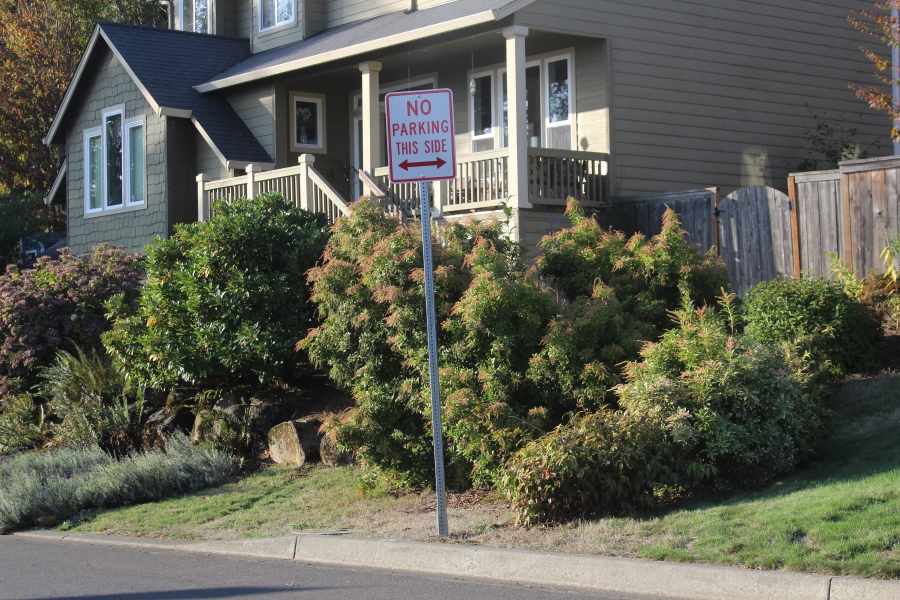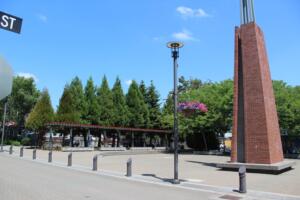Washougal resident Lowell McCuller can still recall how stunned he felt the day he discovered, in early September, that city workers had installed several “no-parking” signs along the northern side of “Z” Street, near McCuller’s home.
“I (was feeling) a whole bunch of emotions — upset, confused,” McCuller said.
At first, McCuller thought the signs might be temporary, perhaps something construction workers needed to access the area near eight new homes under construction on “Z” Street.
Soon enough, McCuller would learn the signs were a permanent addition. Now. McCuller and several other dissatisfied “Z” Street residents are reaching out to city officials to express their concerns over the new “no parking” rules.
“The (residents in the) houses on that north side, anytime they have anyone over, (the visitors) have to park on our side of the street,” McCuller said. “My neighbor across the street, they have three kids that drive, and so each day I have cars parked out in front of my house. And, if I have people over, they don’t have access to the front of my house. I can only imagine what’s going to happen on Thanksgiving and Christmas. If our side of the street is all blocked up, the only other place is down below, and you have to walk the hill to come back up to our house.”
The residents worry the signs could cause other problems, too.
“The lady across the street said that the signs drop the value of her house because people aren’t going to want to buy that house due to the no-parking,” McCuller said. “(That’s) something I would really be upset about.”





